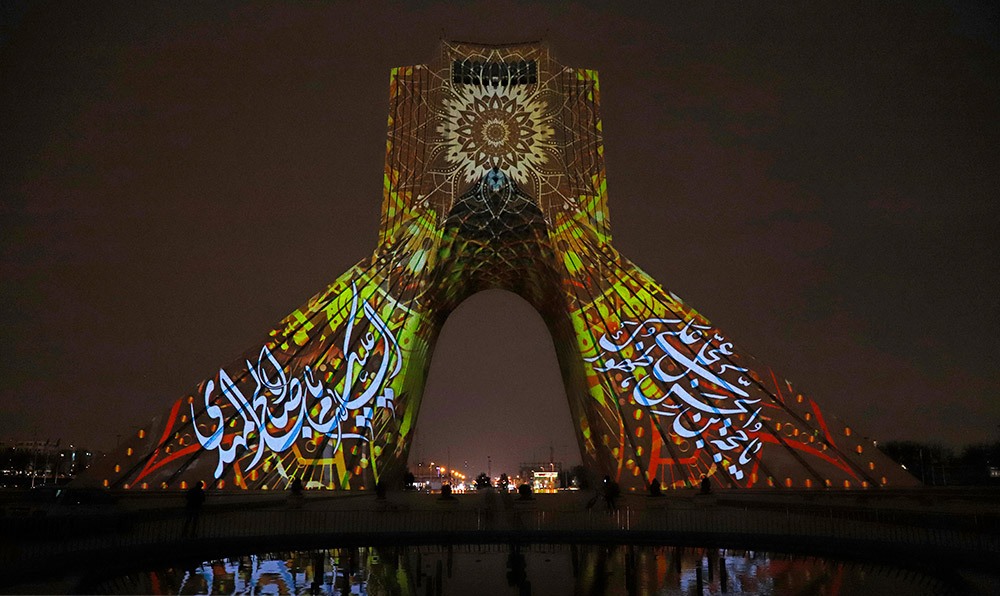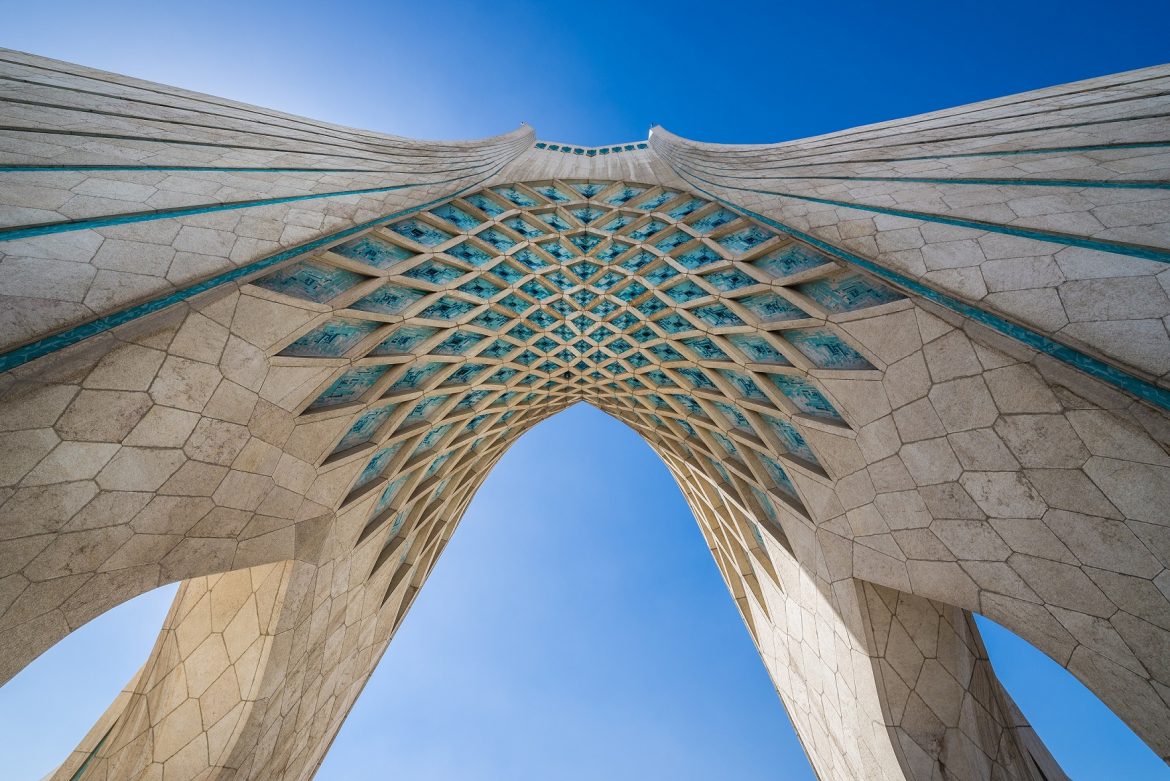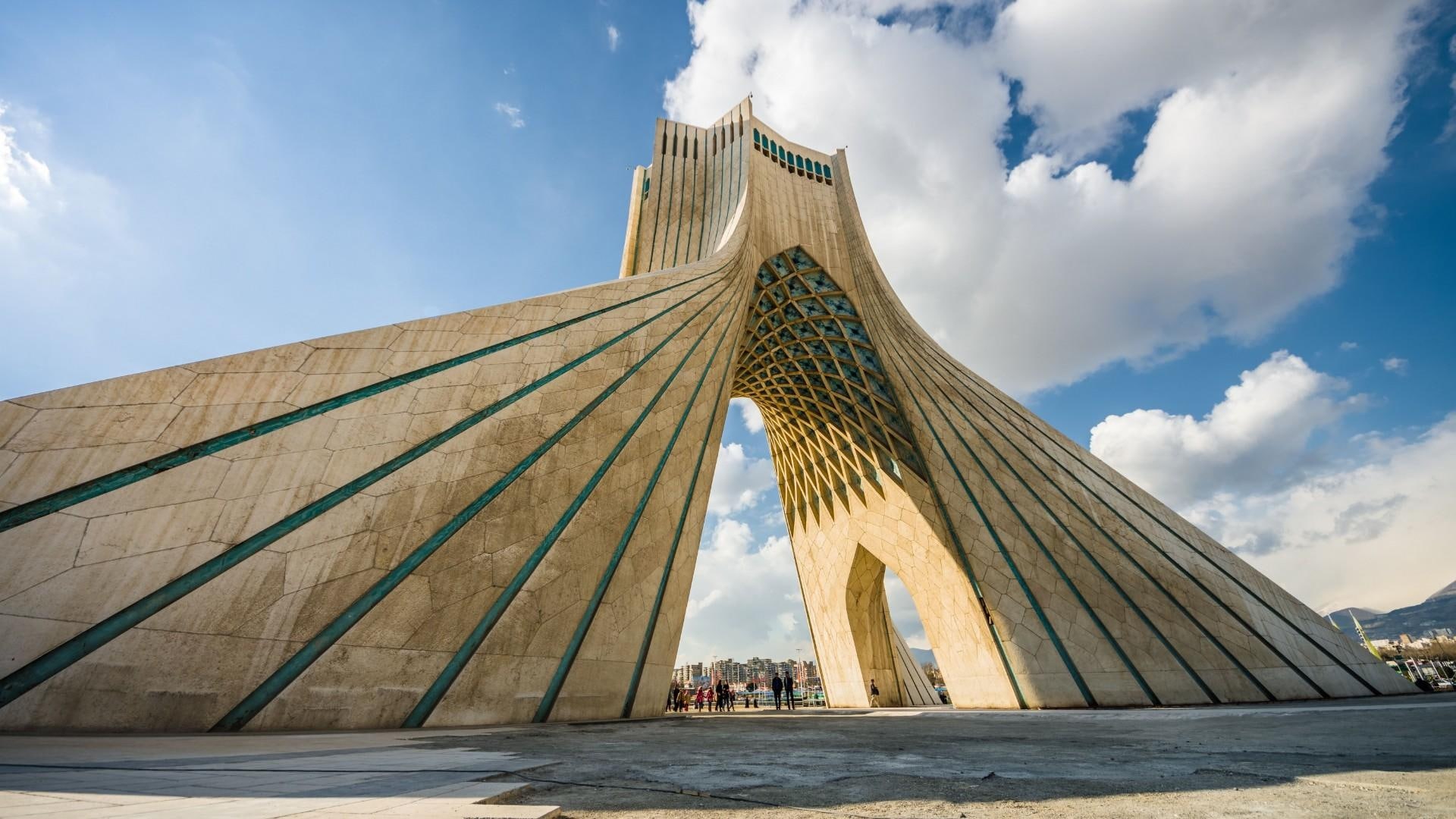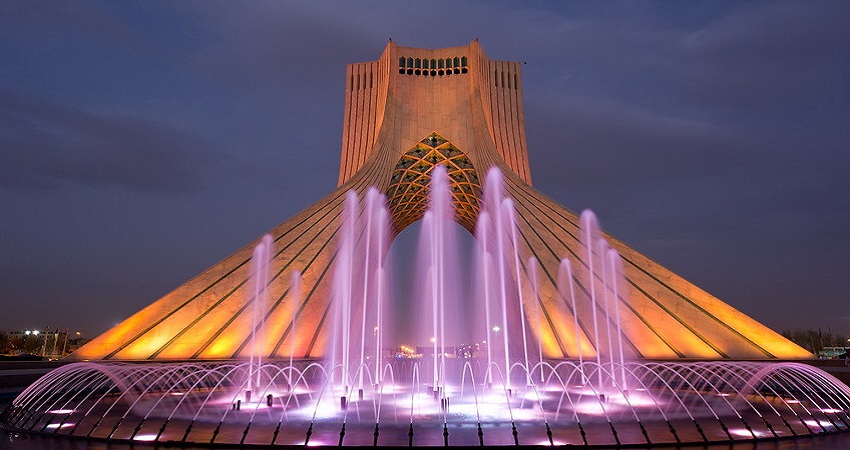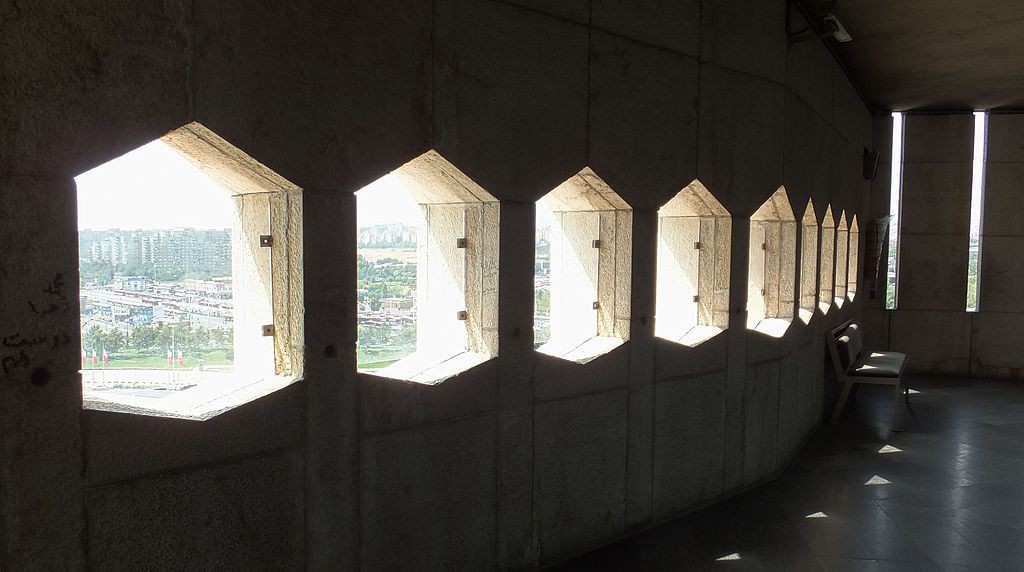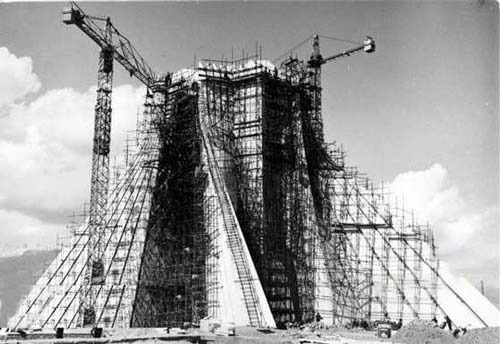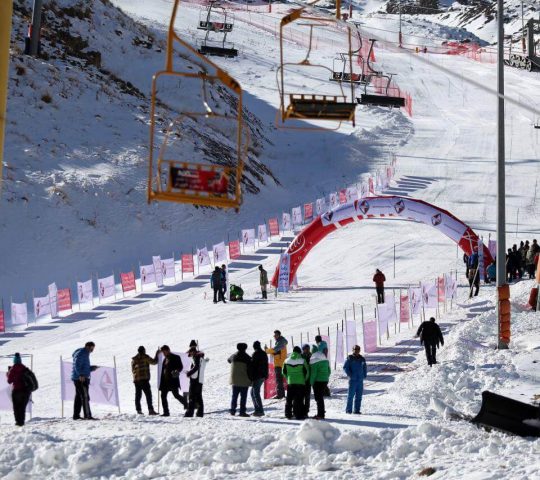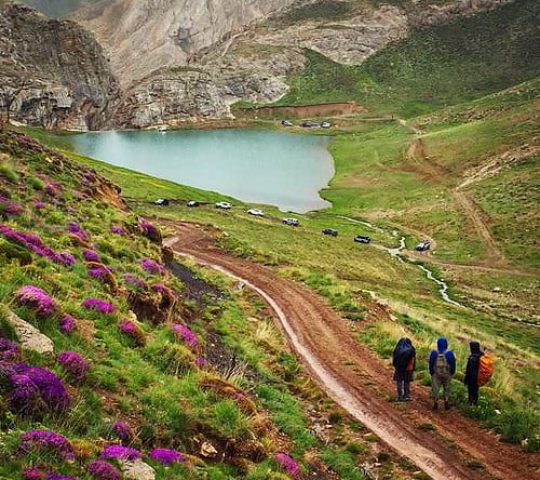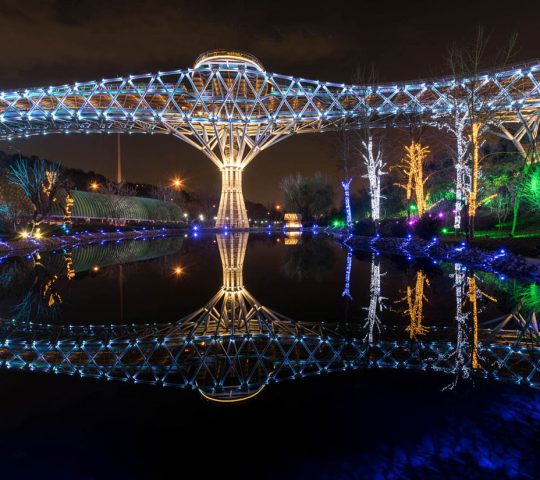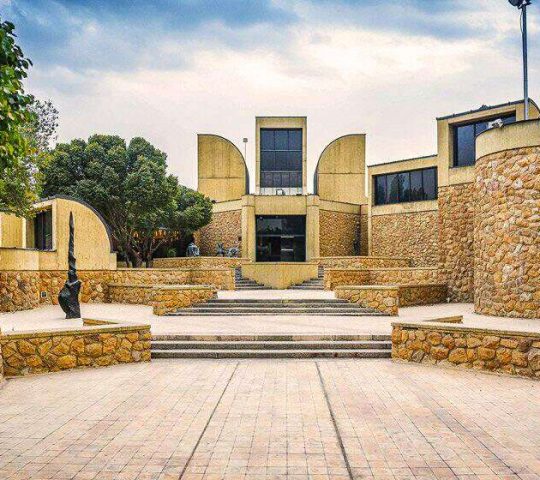Azadi Tower
Hightlight
-
 Air conditioner
Air conditioner -
 Non smoking
Non smoking
The Azadi Tower is the most representative monument of the city of the Iranian capital, Tehran, and located in Azadi Square. Emblem of the modernization of the country, the Azadi Tower has a truncated structure, revealing from each angle a different sense of scale and perspective. Inside the tower, there is a small museum and a viewpoint.
Formerly known as Shahyad Tower, the building is one of the landmarks located in Tehran. The tower is part of the Azadi Cultural Complex, which also includes an underground museum. The Azadi Tower is located in the western part of the city near the Mehrabad International Airport, and symbolically represents the gateway to the western world.
The Azadi Tower is 45 meters high and is clad in carved marble. It contains 8,000 stone blocks from the province of Isfahan, which were cut under the watchful eye of stonemason Ghaffar Davarpanah. The tower was funded by 500 Iranian industrialists and cost approximately $6 million.
Design and construction of Azadi Tower
Designed by architect Hossein Amanat, who won the project in 1966 at the age of 24, the tower combines Sassanid and Islamic architectural styles. The Azadi Tower was inaugurated in October 1971, then under the name Shahyad, and opened to the public in January 1972. The structure was renamed Azadi (freedom) in 1979 after the Islamic Revolution.
The building is located at one of the entrances to Tehran. Its unique silhouette and its 45 meters high make it unmistakable; It is surrounded by gardens. It is visible from many areas of the city, especially at night, when it is fully illuminated. The museum houses 50 objects including pieces of gold, enamels, polychrome ceramics, marbles, miniatures, and paintings that were carefully selected to show a perspective of Iranian history. The main object of the Museum is a copy of the Cyrus Cylinder (the original of which is in the British Museum), which for many is considered the first human rights document in the world.


